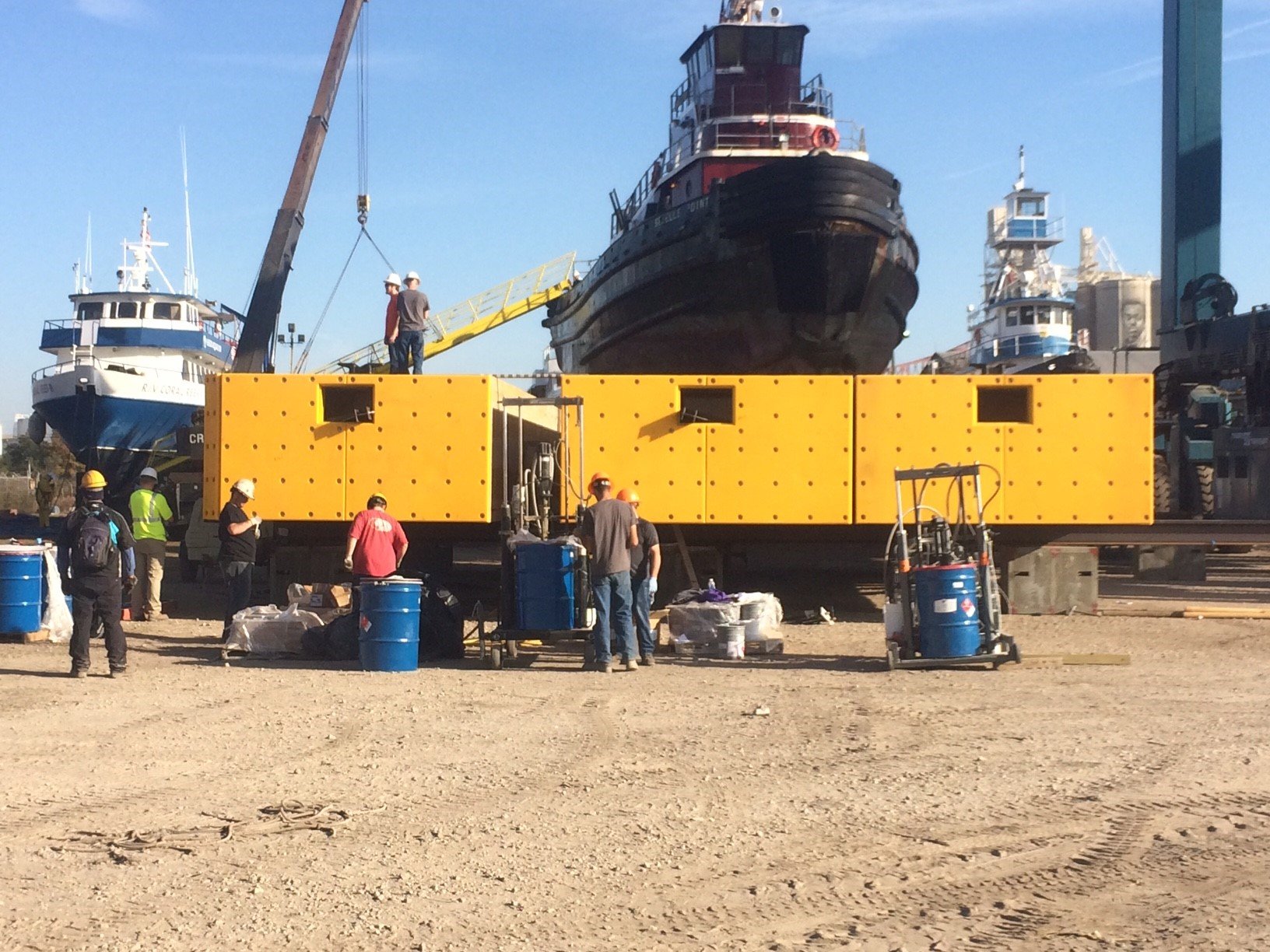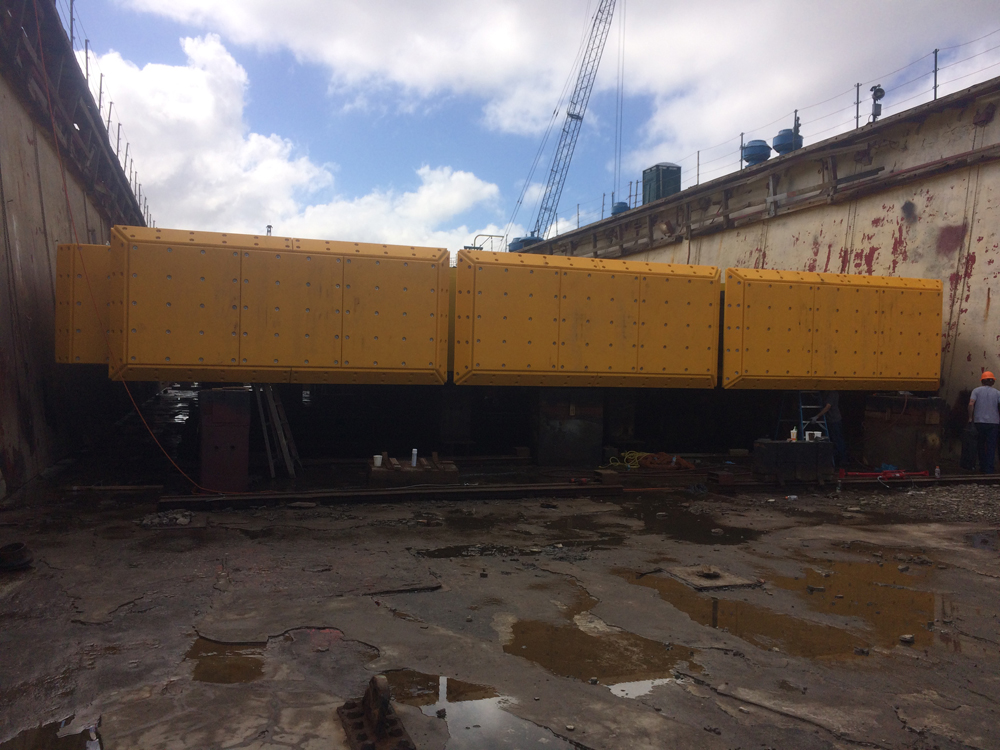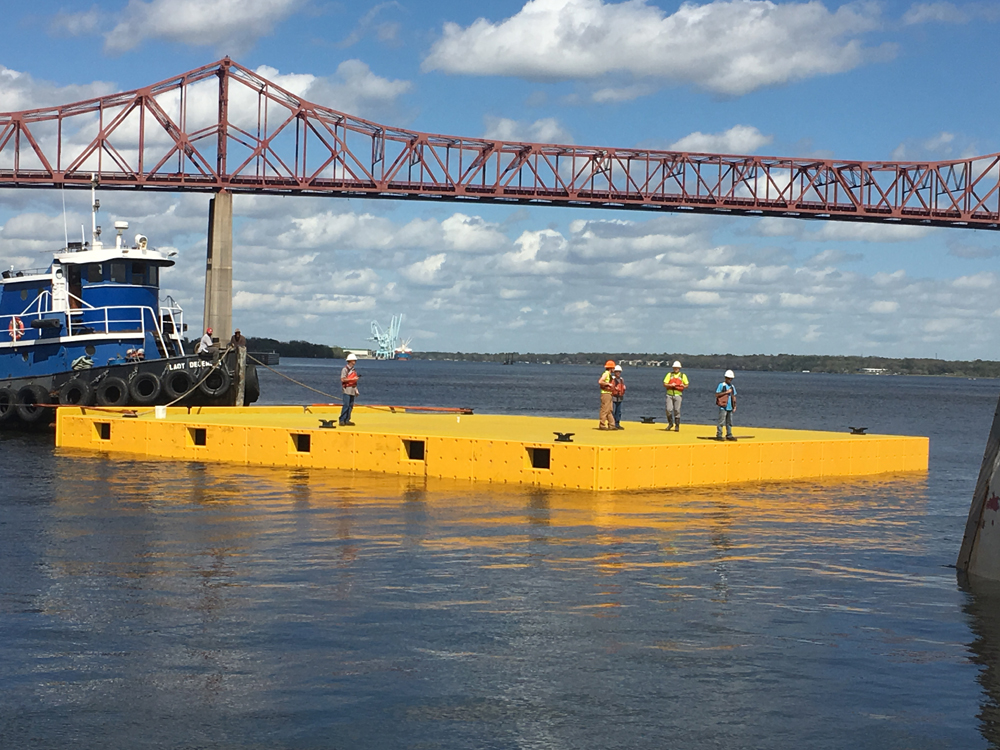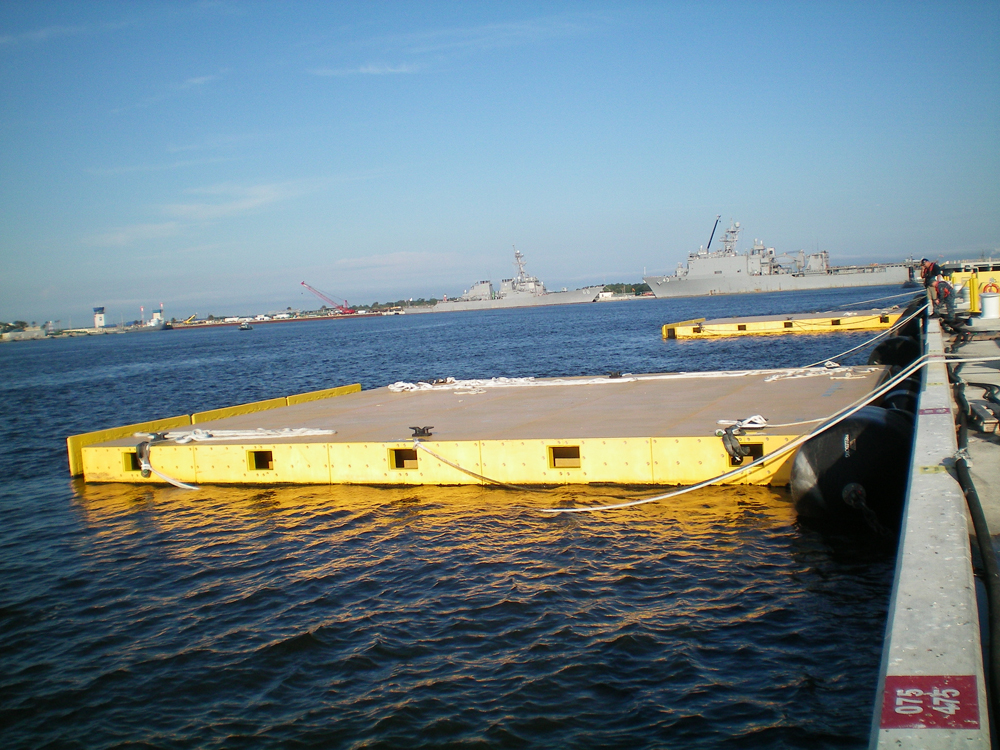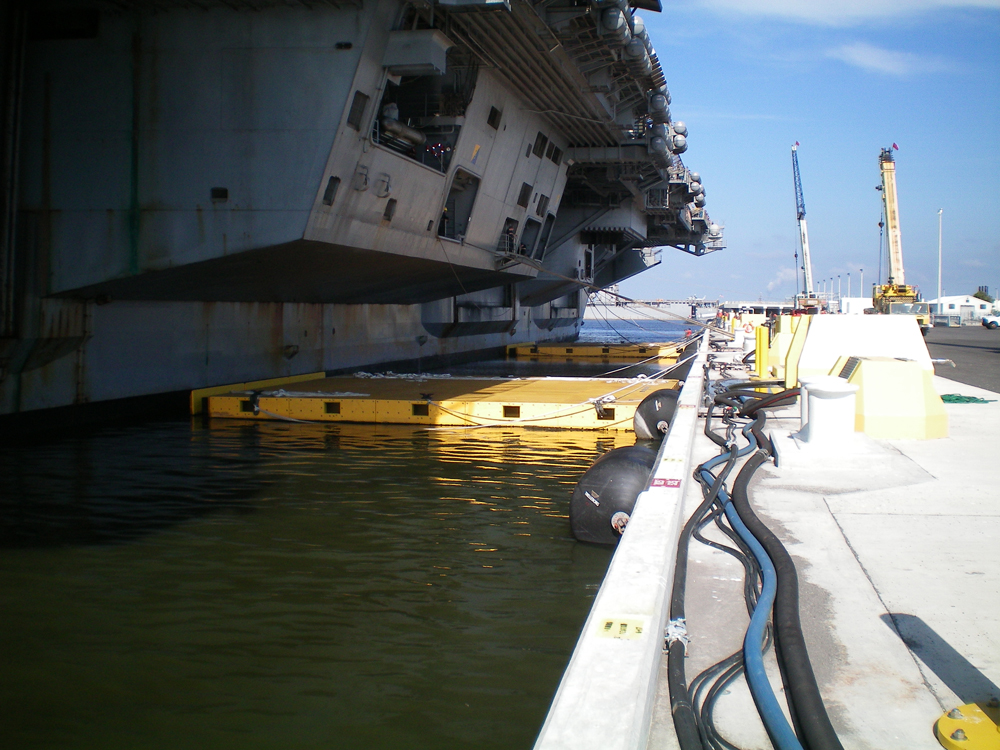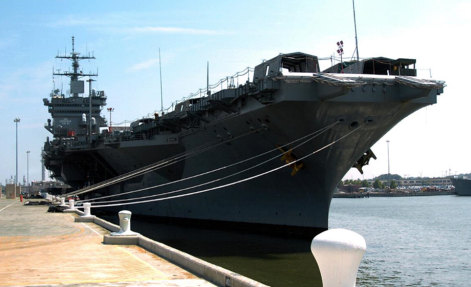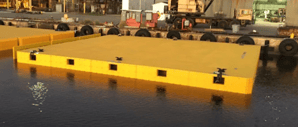
- Products
- View All Products
- Bridge Decking
- Industrial Tanks & Processing Equipment
- Mass Transit & Rail
- OEM & Custom Products
- Pedestrian Bridges & Boardwalks
- Standard Structural Products
- Tower Tech Cooling Towers
- Utilities & Telecommunications
- Waterfront Infrastructure
- Services
- Resources
- Why FRP
- About Us
- Blog
- Contact

